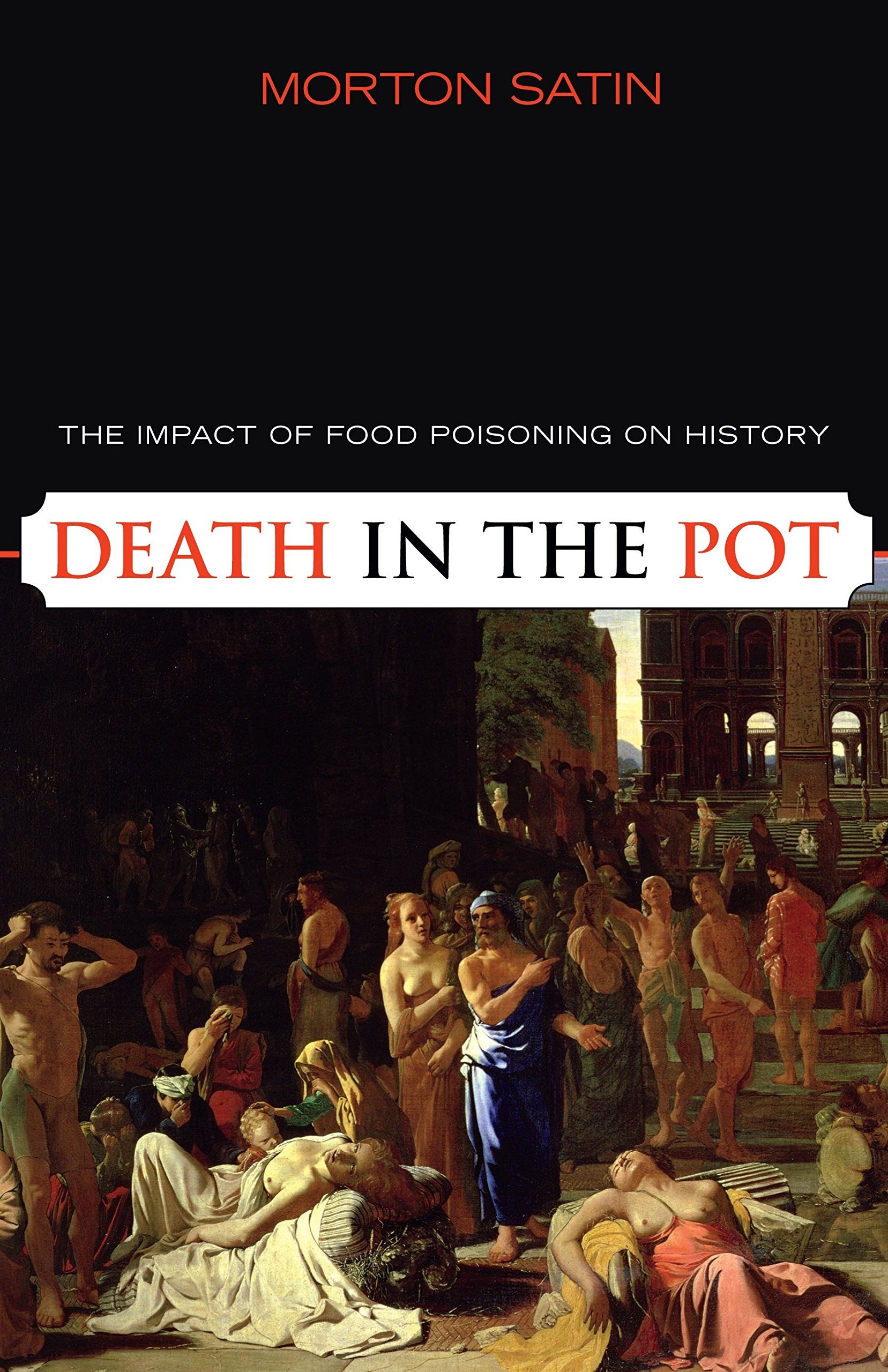-
Shop
- Back
- Shop
- Pre-Order Books
- New Releases
- Vintage Books
- Sale Books
- Children's
- Shop All
- Vintage Menus
- Risographs
- Aprons & Totes
- Moulds
- Gift Cards
- Americas
- Art & Design
- Asia & Oceania
- Europe
- Jewish
- Middle Eastern & African
- Baking & Sweets
- Drinks
- Food Writing
- Gardening & Preserving
- General & Ingredients
- Health
- Professional
- Technique
- Magazine
- Events
- About Us
- Cookbook Club
-
Shop
- Pre-Order Books
- New Releases
- Vintage Books
- Sale Books
- Children's
- Shop All
- Vintage Menus
- Risographs
- Aprons & Totes
- Moulds
- Gift Cards
- Americas
- Art & Design
- Asia & Oceania
- Europe
- Jewish
- Middle Eastern & African
- Baking & Sweets
- Drinks
- Food Writing
- Gardening & Preserving
- General & Ingredients
- Health
- Professional
- Technique
- Magazine
- Events
- About Us
- Cookbook Club



Death in the Pot: The Impact of Food Poisoning on History (Morton Satin)
Did food poisoning play a role in the Salem witch trials, leading to the hanging of nineteen men and women? Which poison recently laced the food of Russian ex-KGB agent Viktor Litvinenko, and how did it kill him? In Death in the Pot, internationally renowned food expert Morton Satin documents several culinary mishaps and misdeeds in an engrossing narrative that spans the ancient world to the present day.
Historic events both tragic and bizarre have resulted from adulterated food. In the fifth century BCE, the great plague of Athens, probably caused by contaminated cereals, led to the defeat of the Athenians in the Peloponnesian War. In the prescientific Middle Ages, illnesses resulting from contaminated food were often attributed to the wrath of God or malevolent spirits. Heavily infectious ergot induced a spasmodic muscle condition, which the Church named "St. Anthony's Fire" and interpreted as retribution by God on heretics.
Similarly, in seventeenth-century America the hallucinogenic symptoms of moldy grain were thought by Puritans to be signs of witchcraft. Even the madness of King George III, which played a role in the American Revolution, may have been induced by accidental arsenic poisoning.In the twentieth century, Satin recounts the efforts of modern industrial societies to make food safer; in some cases these efforts were heroic.
